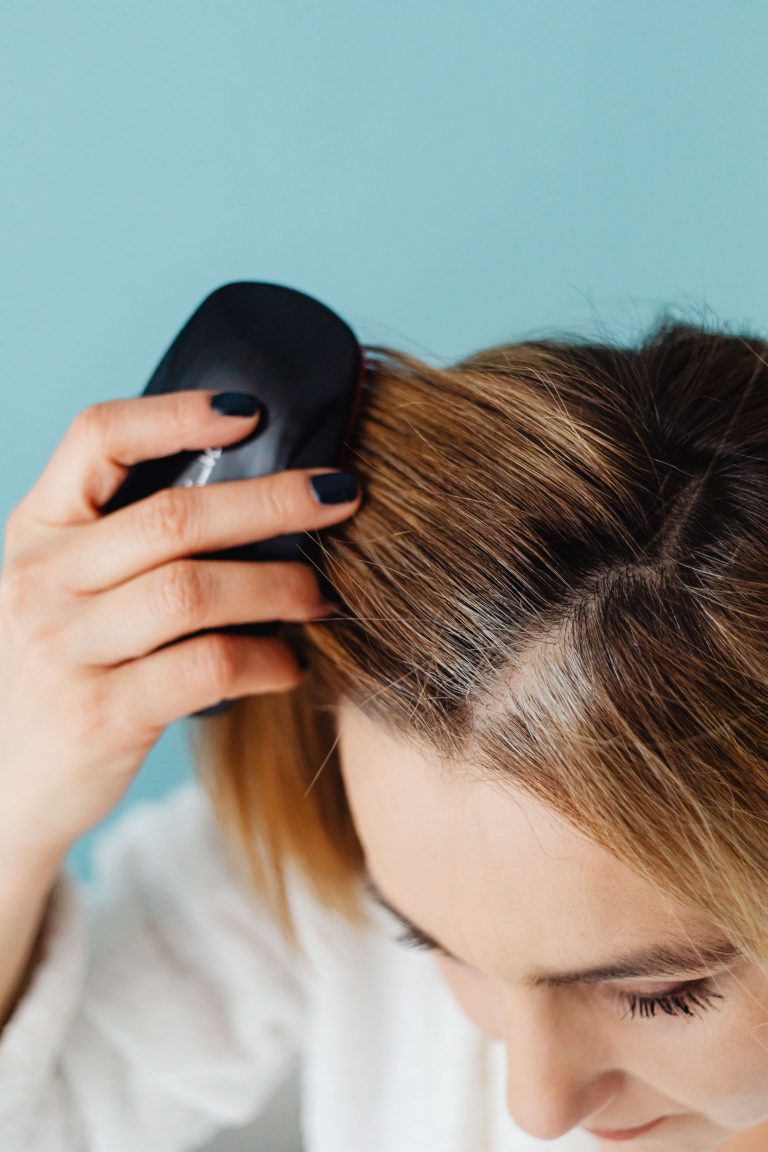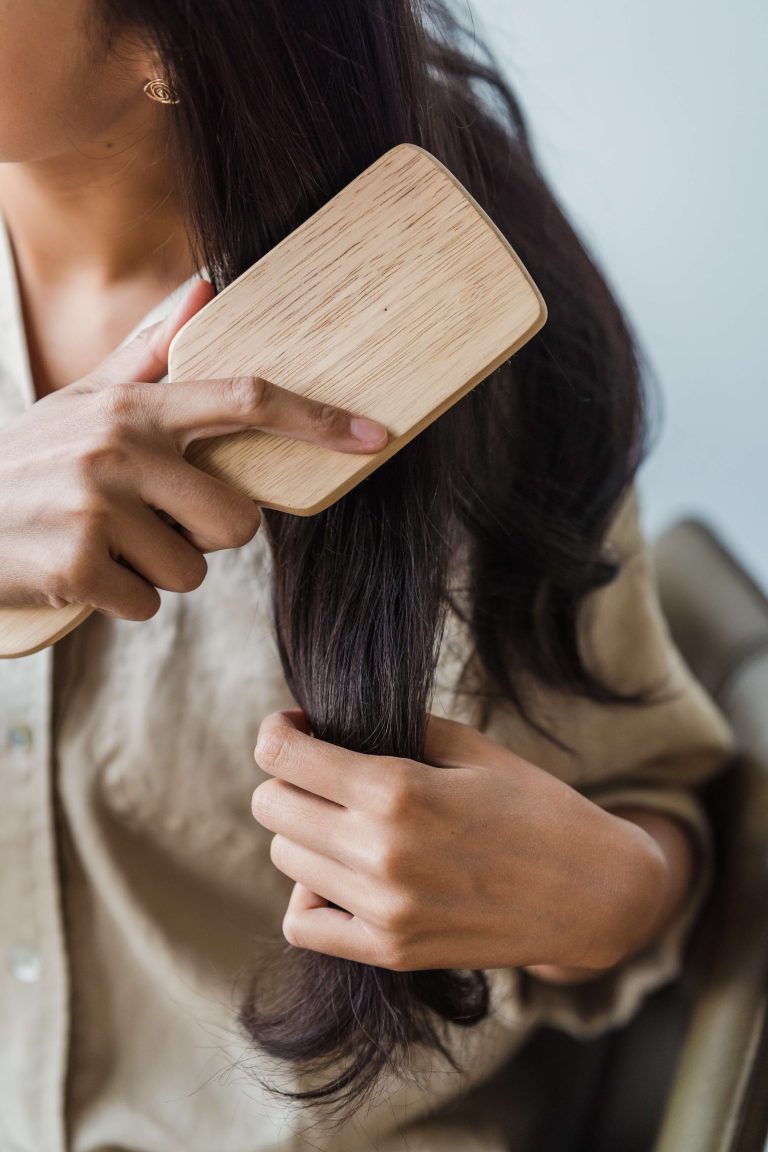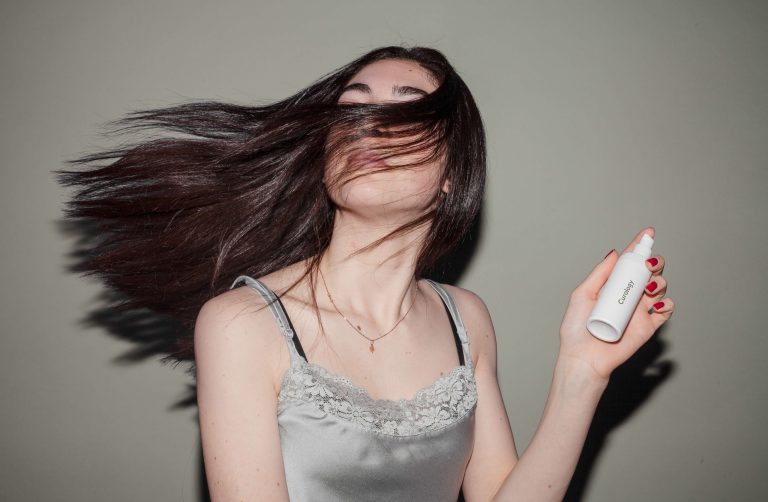The average woman loses 50-100 hairs a day. For the women who suffer from female baldness, or androgenic alopecia, they lose up to 150 hair a day, typically around the top or front of the head.
Unfortunately, these hairs that are lost take a long time to grow back, so finding the best hair loss treatment is a number one priority.
Minoxidil (Rogaine) is the only FDA approved treatment to combat female pattern baldness. It can help stop hair loss, and in some cases, it can even help regrow new hair, however it is imperative to understand the PROS and CONS before deciding to use it.
Minoxidil is applied topically to the scalp and will only work if the client is suffering from female pattern baldness. If a client is experiencing female pattern baldness, the hair follicles are getting smaller and smaller over time. The smaller the hairs are, the shorter the amount of time it takes for the hair to grow. Eventually, the hairs fall out and instead of being replaced with normal, new hair, they are replaced with finer, thinner hair. For women, it is recommended to use Minoxidil 2% concentration, and for men, 5% concentration.
PROS
- In most cases, Minoxidil slows down and/or stops hair loss.
- In a quarter of women who take it, Minoxidil can encourage new hair to grow.
- You do not need a prescription to purchase Minoxidil.
CONS
- Buying Minoxidil can be quite expensive depending on where you purchase it from.
- It can be inconvenient, as some clients may needs to apply twice a day.
- It may cause unwanted hair growth. For example, if the Minoxidil trickles down the face, some women may experience a little bit of hair growth. It can take up to 6 months to see results.
- Minoxidil can cause more hair loss at first, this is due to some of the old hairs being pushed out by the new hairs.
- Some clients may experience mild skin irritation from Minoxidil.











